20 Surprising Origins of Popular Foods Around the World
Ever wonder why your favorite foods have their names or where they came from? The history of what we eat is full of unexpected twists, mistaken identities, and happy accidents. From sandwich-loving gamblers to ancient athletes drinking sports beverages, the stories behind our food are often more fascinating than we imagine.
Let’s dig into some surprising food origins that might change how you look at your next meal.
Pineapple Pizza
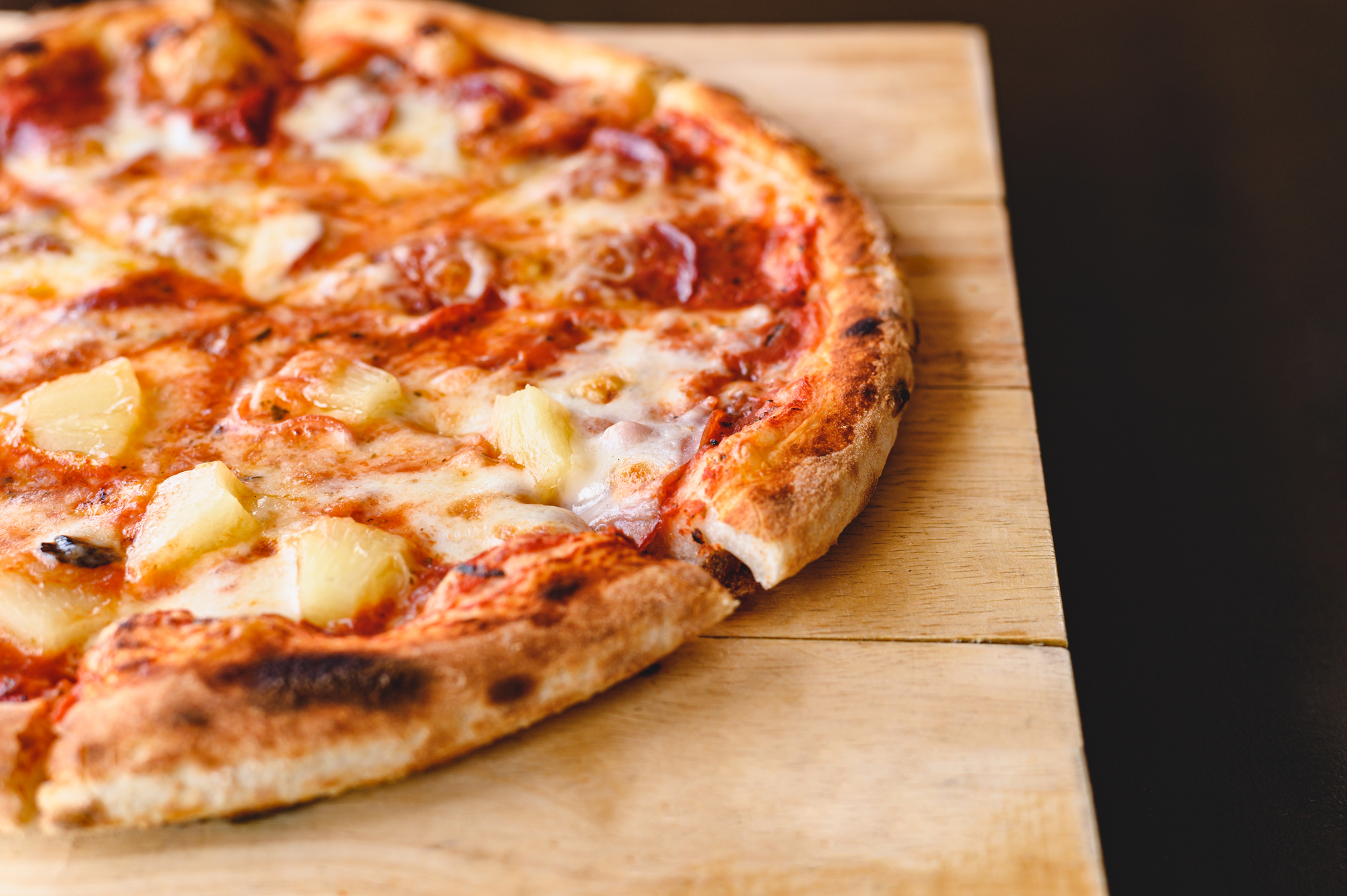
Despite endless debates about whether it belongs on pizza, Hawaiian pizza wasn’t invented anywhere near Hawaii – or Italy. This controversial combination was created in 1962 by Sam Panopoulos, a Greek-born Canadian restaurateur who was experimenting with novel toppings.
The name “Hawaiian” came from the brand of canned pineapples he used, proving that sometimes the biggest culinary controversies start with simple curiosity and a can opener.
French Fries

These crispy potatoes aren’t French at all – they’re Belgian. The story goes that the American soldiers in World War I first tasted them in Belgium, but because the locals spoke French, they dubbed them “French fries.”
The real origin traces back to Belgian villagers who would fry small fish. When the river froze in winter, they cut potatoes into fish-like shapes to fry instead.
Today, Belgium averages a whopping 165 pounds of fries consumed per person annually – now that’s a commitment to their national treasure.
Like Go2Tutors’s content? Follow us on MSN.
Fortune Cookies

Those prophetic treats at the end of your Chinese meal are actually from Japan. The modern fortune cookie is based on tsujiura senbei, a traditional Japanese cracker that contains fortune slips.
Japanese immigrants brought them to California, where they were modified and eventually became associated with Chinese restaurants.
The irony? Fortune cookies were virtually unknown in China until they were imported back as “authentic American Chinese food.”
Croissants
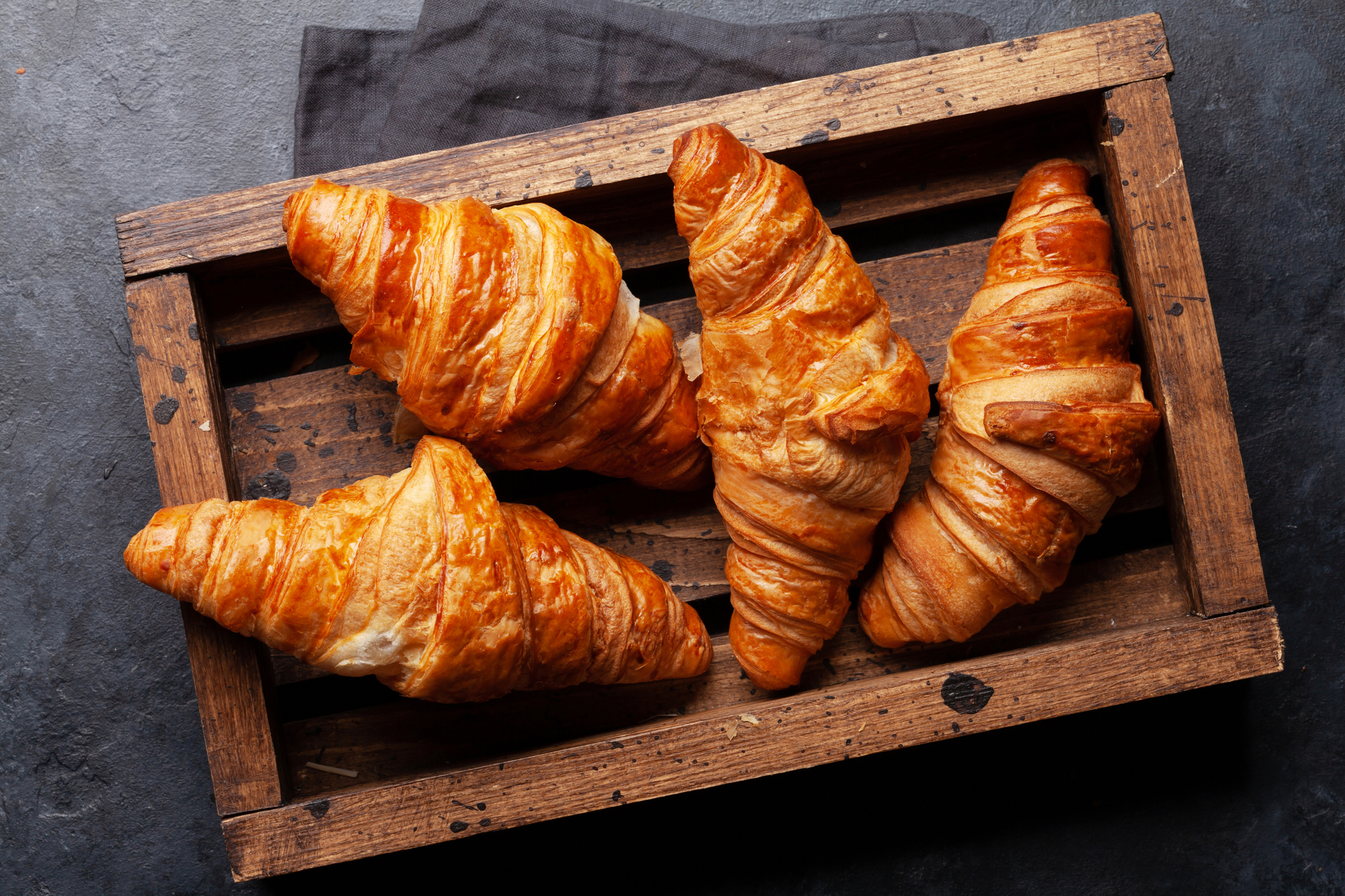
The flaky French pastry originated in Austria as the kipferl. It was supposedly created to celebrate the defeat of Ottoman forces at the siege of Vienna in 1683, with its crescent shape mocking the Ottoman flag.
The pastry eventually made its way to France, where bakers refined the recipe into the buttery layers we know today.The croissant’s journey from wartime celebration to breakfast staple is a testament to how food evolves across borders.
Chicken Tikka Masala
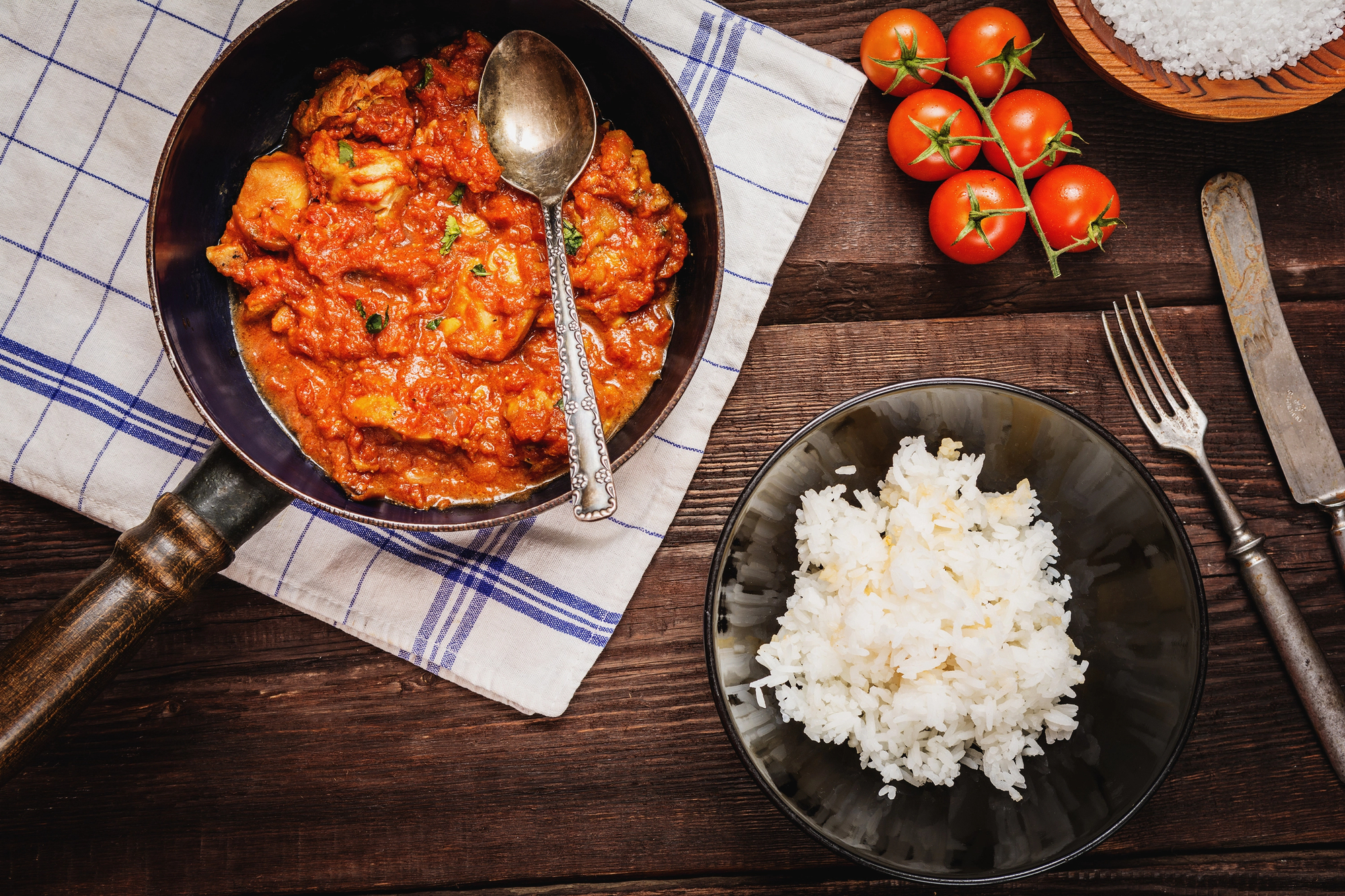
Often called Britain’s national dish, this curry was reportedly invented in Glasgow by a Pakistani chef. The story goes that a customer complained about dry chicken tikka, so the chef improvised a sauce using tomato soup, spices, and cream.
This last-minute solution became one of the most popular dishes in British cuisine, proving that sometimes the best recipes come from thinking on your feet.
Like Go2Tutors’s content? Follow us on MSN.
California Roll
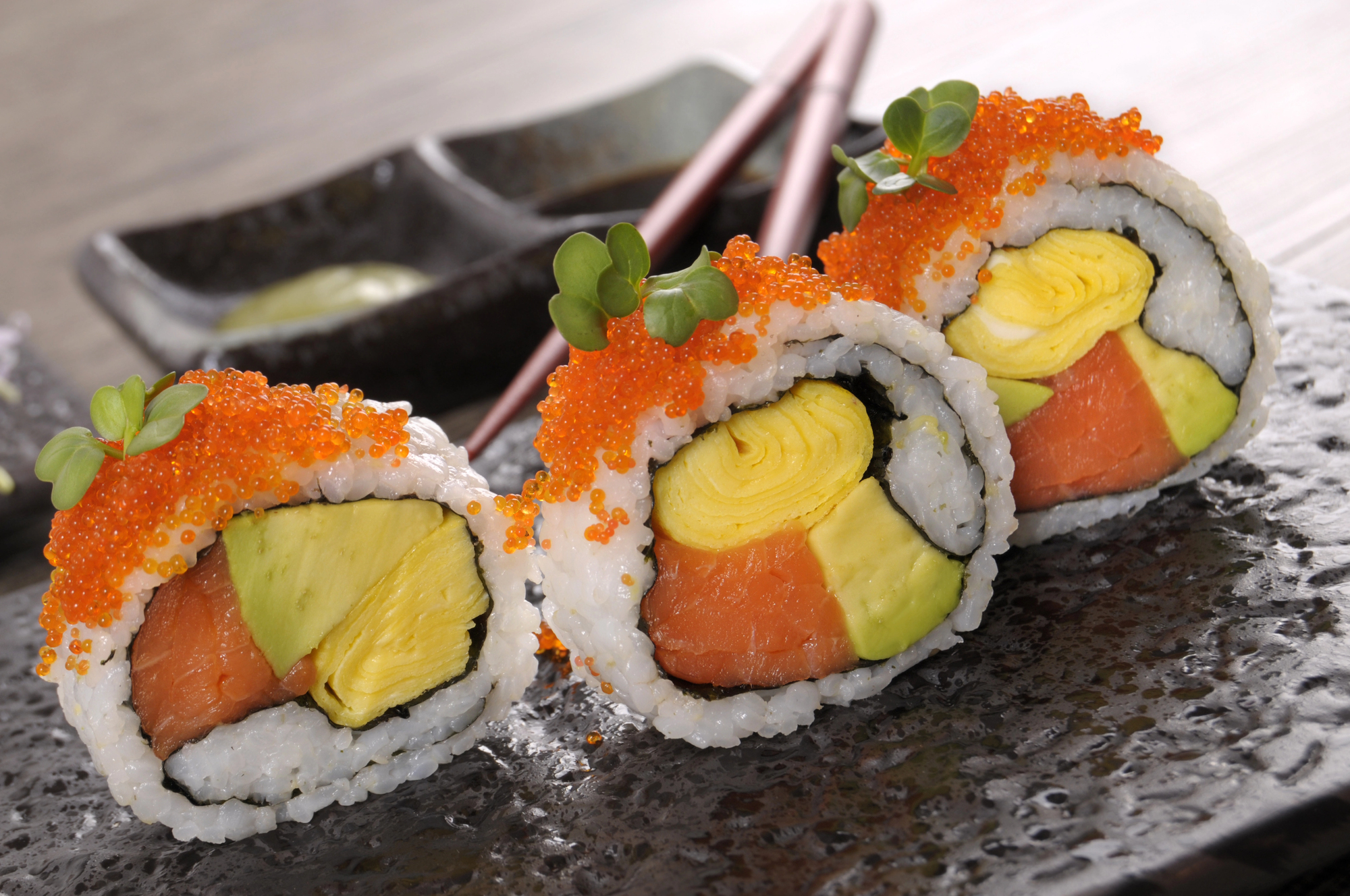
This sushi staple wasn’t created in Japan or California but in Vancouver, Canada. Chef Hidekazu Tojo invented it in the 1970s to cater to Western palates that were squeamish about eating raw fish and seaweed.
By putting the seaweed on the inside and replacing raw fish with cooked crab, he created an entry point for millions into Japanese cuisine.The name “California” was chosen because that’s where many of his Western customers came from.
Chop Suey

This Chinese-American staple was born from necessity in San Francisco’s Chinatown. While often presented as an ancient Chinese dish, it’s a quick stir-fry created by Chinese immigrants using whatever ingredients were available in their new home.
The name roughly translates to “odds and ends,” which is exactly what it was – a delicious solution to limited ingredients that became an American classic.
English Muffins
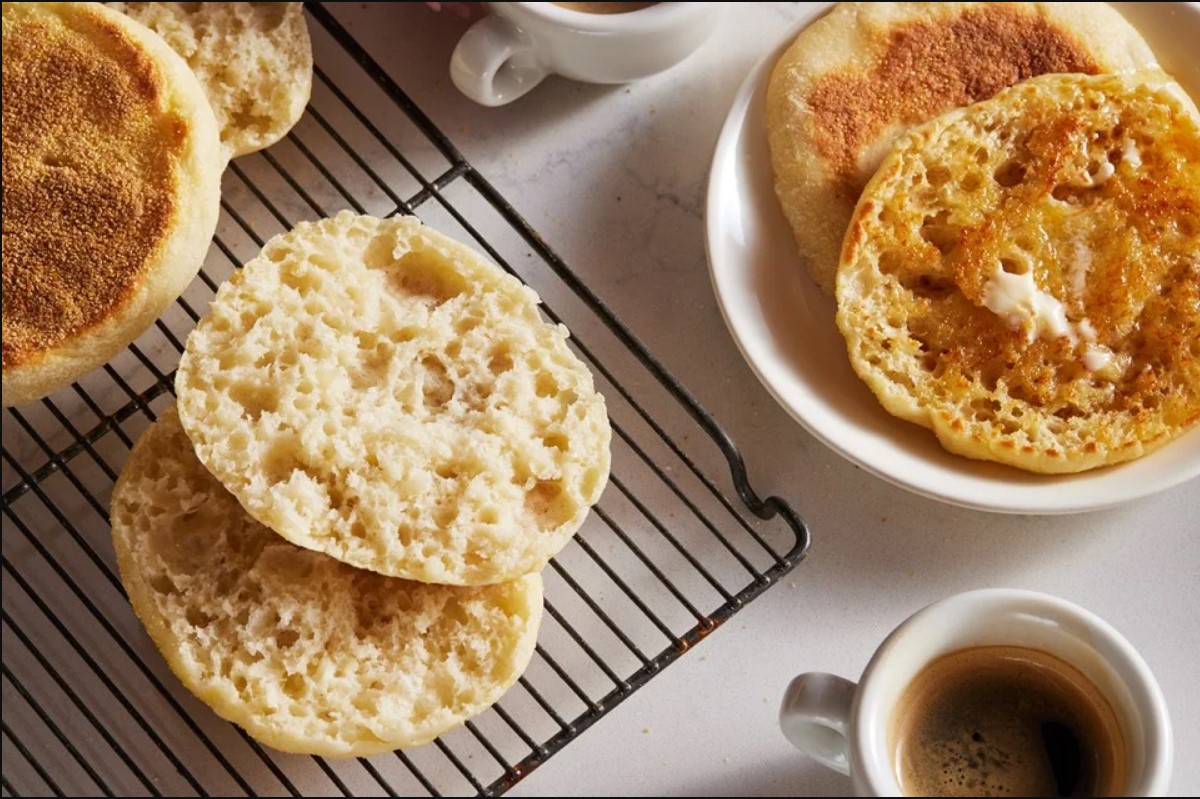
Despite the name, these breakfast favorites were created in New York City by Samuel Bath Thomas, an English immigrant. He modified the traditional English crumpet recipe to create something new, and they became so popular that “English muffin” became the accepted name, even though they’re about as English as the Big Apple.
Like Go2Tutors’s content? Follow us on MSN.
General Tso’s Chicken
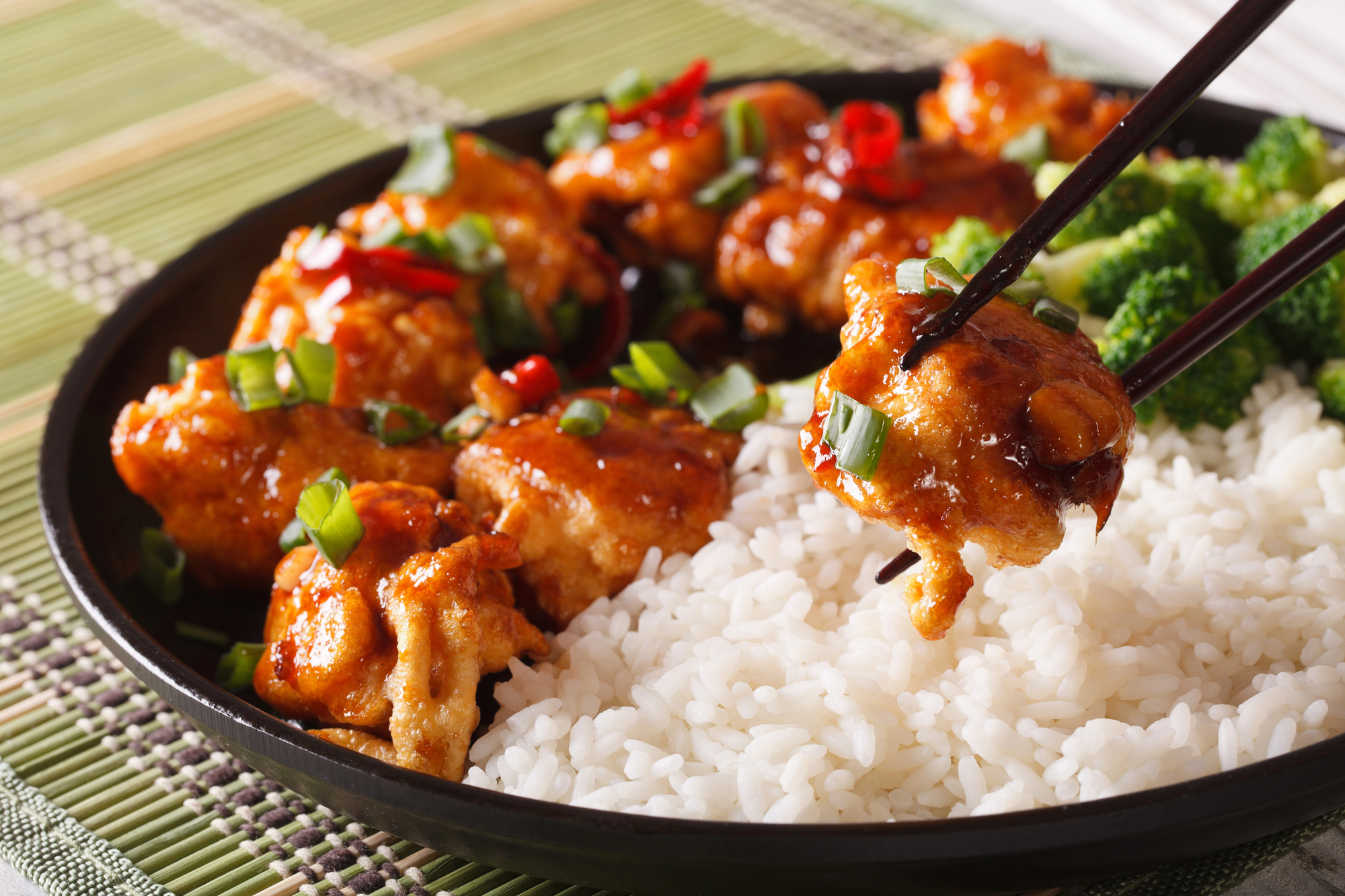
This Chinese restaurant favorite was created in the 1970s in New York by Chef Peng Chang-kuei, who named it after a Chinese military leader. The irony? The sweet, deep-fried version we know today bears little resemblance to the original dish, which was much spicier and less sweet.
Chef Peng adapted the recipe to American tastes, creating what would become a takeout classic.
German Chocolate Cake
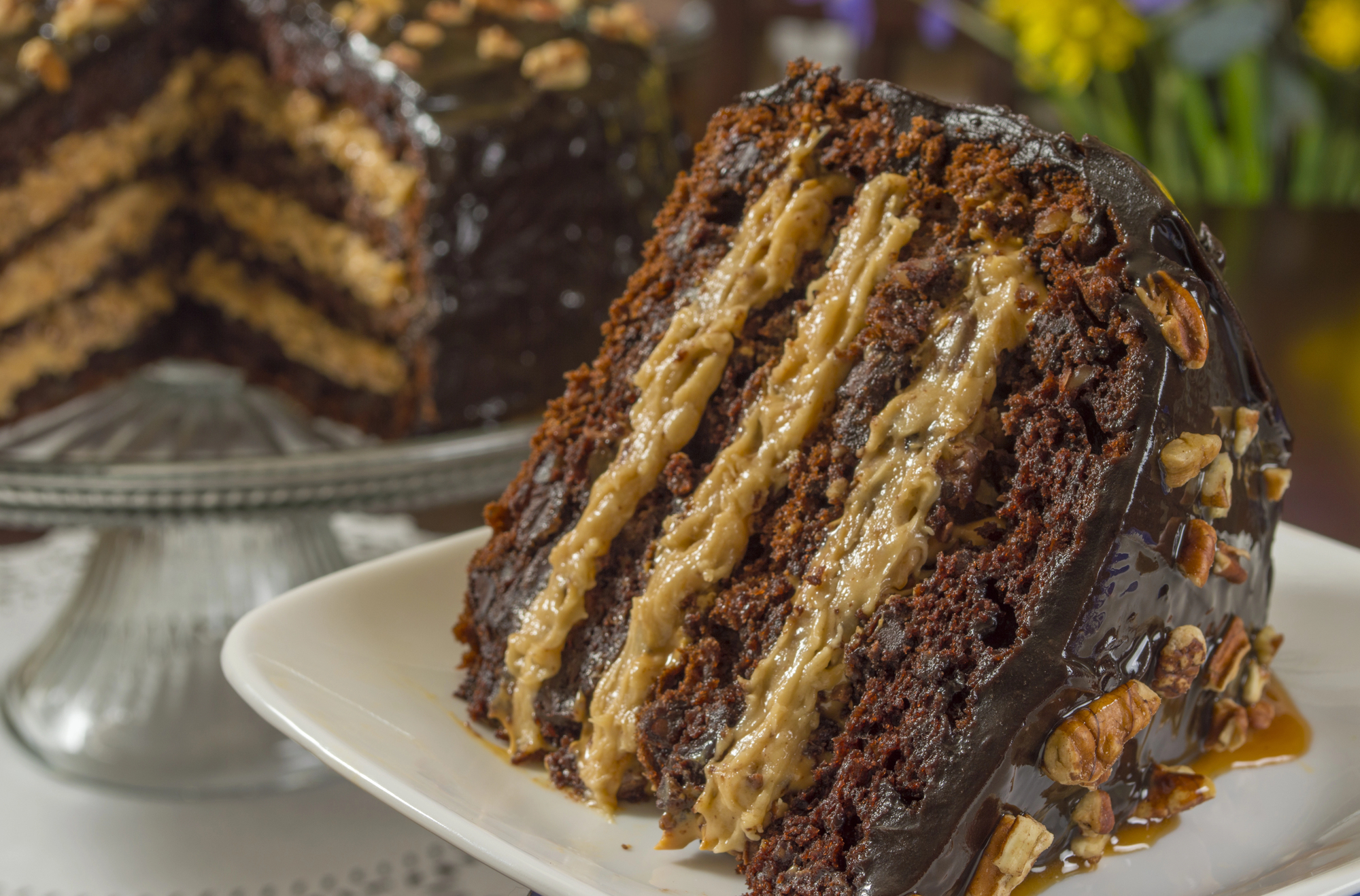
Nothing to do with Germany – this chocolate cake was named after Samuel German, an American who developed a type of dark baking chocolate for Baker’s Chocolate Company. The cake recipe was first published by a Texas homemaker in 1957, using German’s sweet chocolate.
A simple naming convention led to decades of geographical confusion.
Ranch Dressing
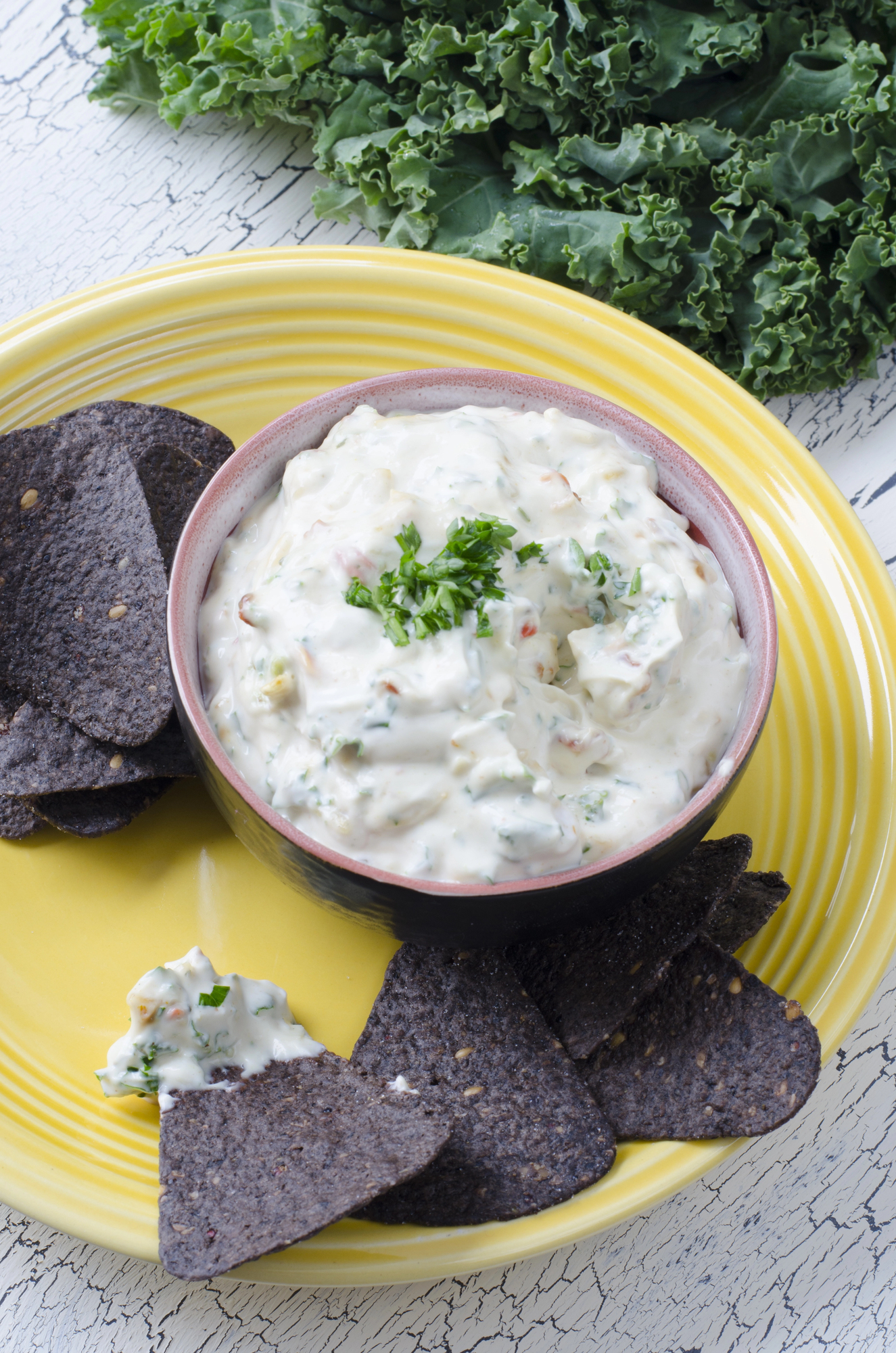
America’s favorite dressing wasn’t created on a ranch but at a dude ranch called Hidden Valley near Santa Barbara. Steve and Gayle Henson developed the recipe in the 1950s to serve to guests.
The dressing became so popular that visitors would ask for bottles to take home, leading to the creation of the Hidden Valley Ranch company. So, from humble beginnings as a mere guest condiment all the way to America’s most popular dressing – not bad for a holiday ranch experiment.
Like Go2Tutors’s content? Follow us on MSN.
Russian Dressing
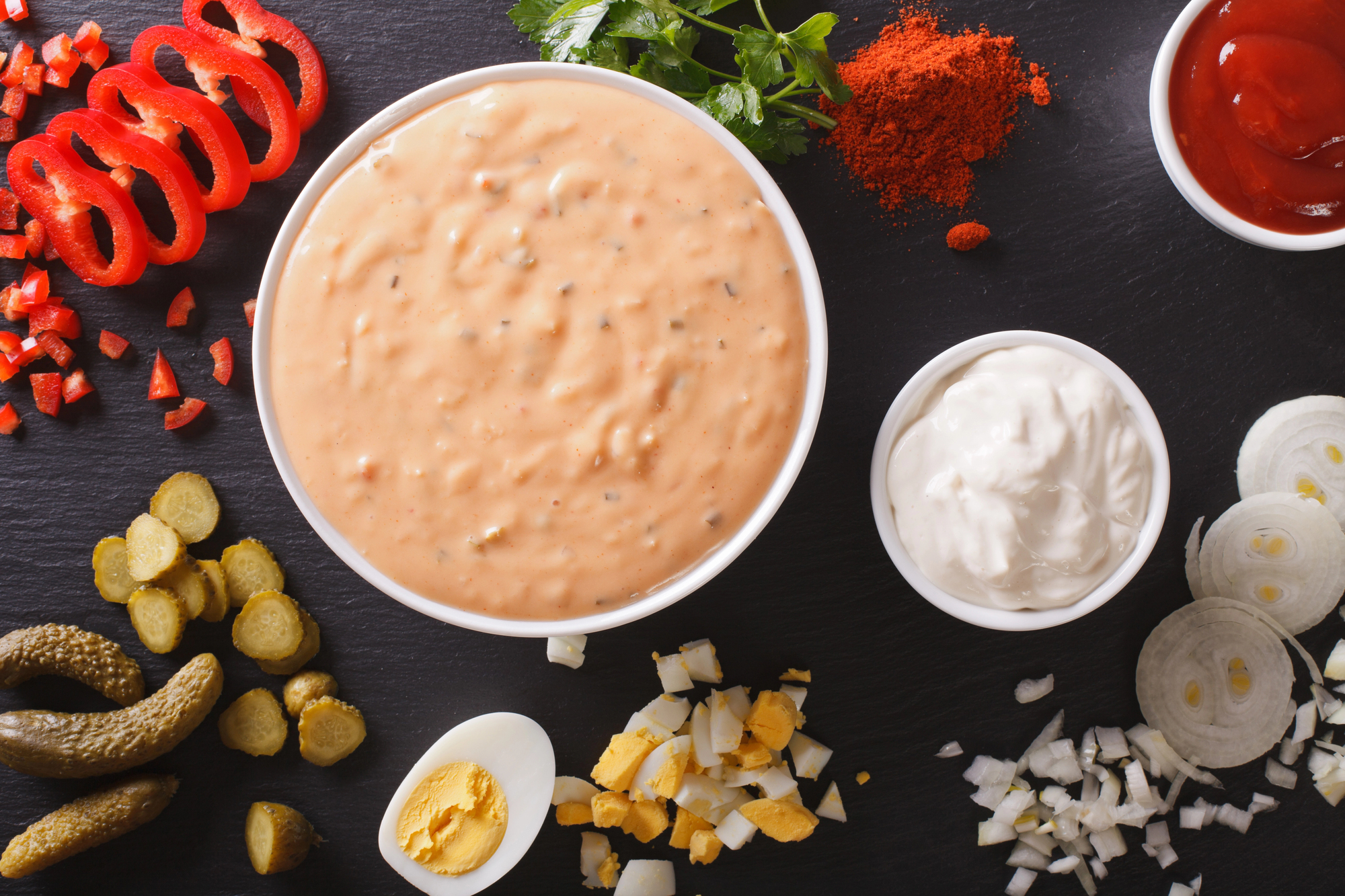
Despite its name, this sauce was created in New Hampshire by grocer James E. Colburn in the early 1900s. The “Russian” part might have come from the original inclusion of caviar in early recipes, but the dressing as we know it today is thoroughly American.
It’s a classic case of marketing genius – exotic names sell better than “New Hampshire dressing.”
Swiss Roll
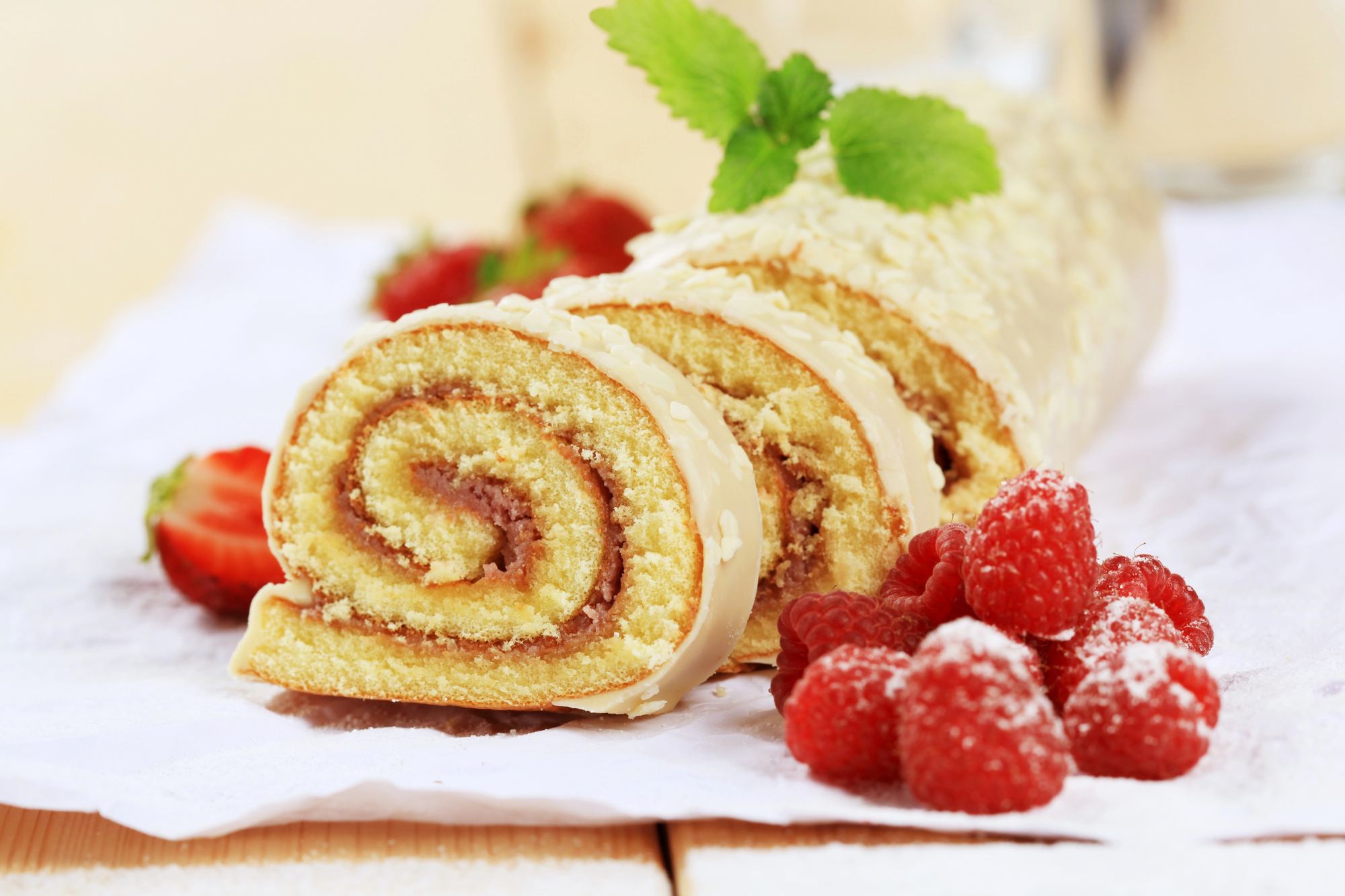
This dessert isn’t Swiss at all – it’s believed to have originated in Central Europe, possibly Austria. The name might have been used to make it sound more exotic to British consumers, where it first became popular.
The Swiss connection is about as authentic as the cream filling, but the name stuck.
Mongolian BBQ

Created in Taiwan in the 1970s, this style of stir-fry cooking has nothing to do with Mongolia or traditional barbecue. Restaurateur Wu Zhaonan developed it as a marketing gimmick, drawing loose inspiration from Japanese teppanyaki cooking.
The name “Mongolian” was chosen because it sounded exotic and conjured images of Mongolian warriors cooking on their shields.
Like Go2Tutors’s content? Follow us on MSN.
Danish Pastries

These sweet treats originated in Austria, where they’re called Viennese bread. Danish bakers learned the technique from Austrian colleagues who were brought to Denmark during a bakers’ strike in 1850.
They modified the recipe over time, creating what we know today as Danish pastries. In Denmark, they’re called “wienerbrød” (Vienna bread), acknowledging their true origins.
Graham Crackers
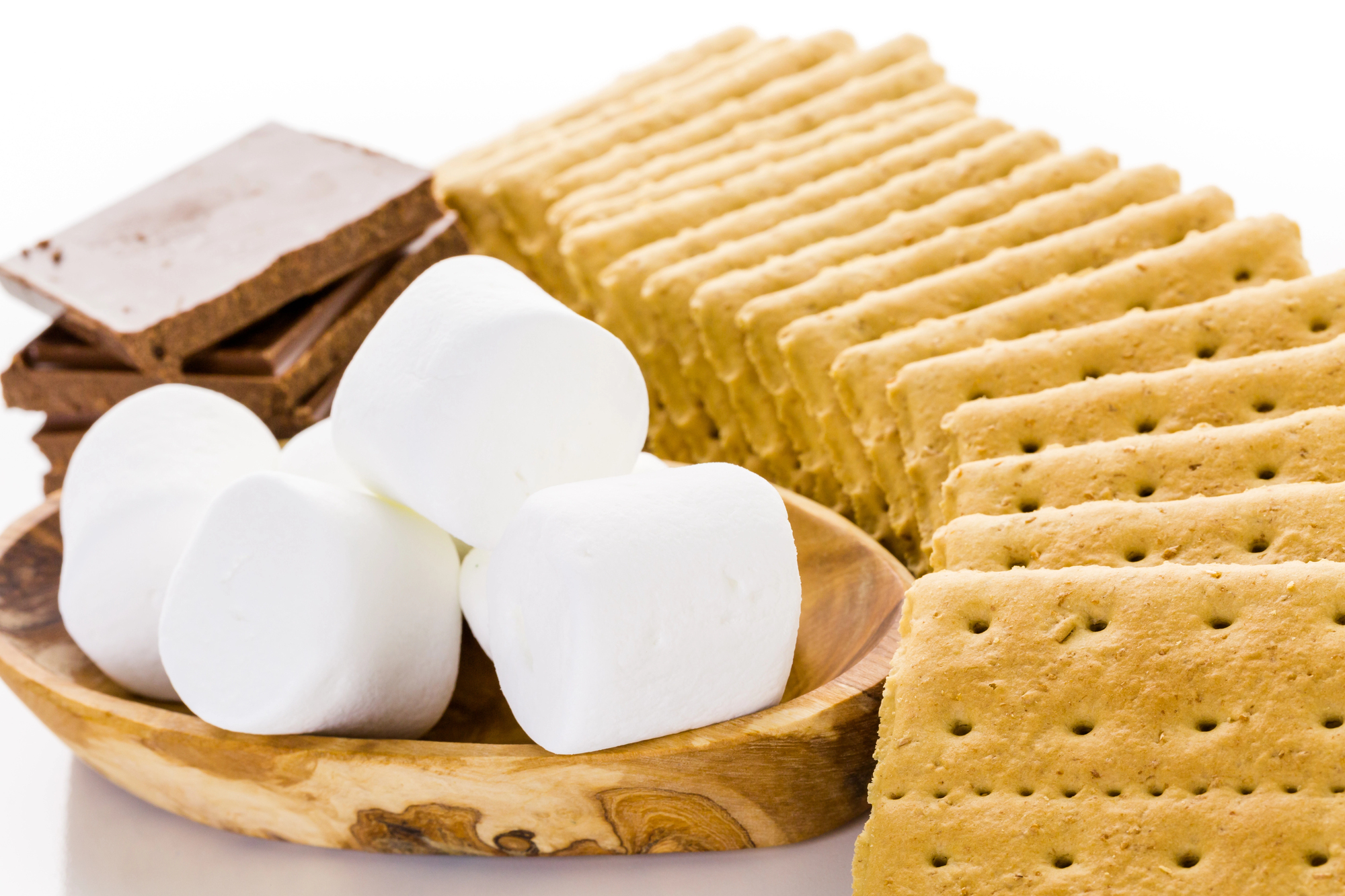
Reverend Sylvester Graham invented these crackers as part of a diet he believed would suppress unhealthy carnal urges. The original graham crackers were unsweetened, coarse, and far from the sweet snacks we know today.
It’s probably for the best that they evolved – the modern version is much more appealing than Rev. Graham’s austere original.
Irish Coffee
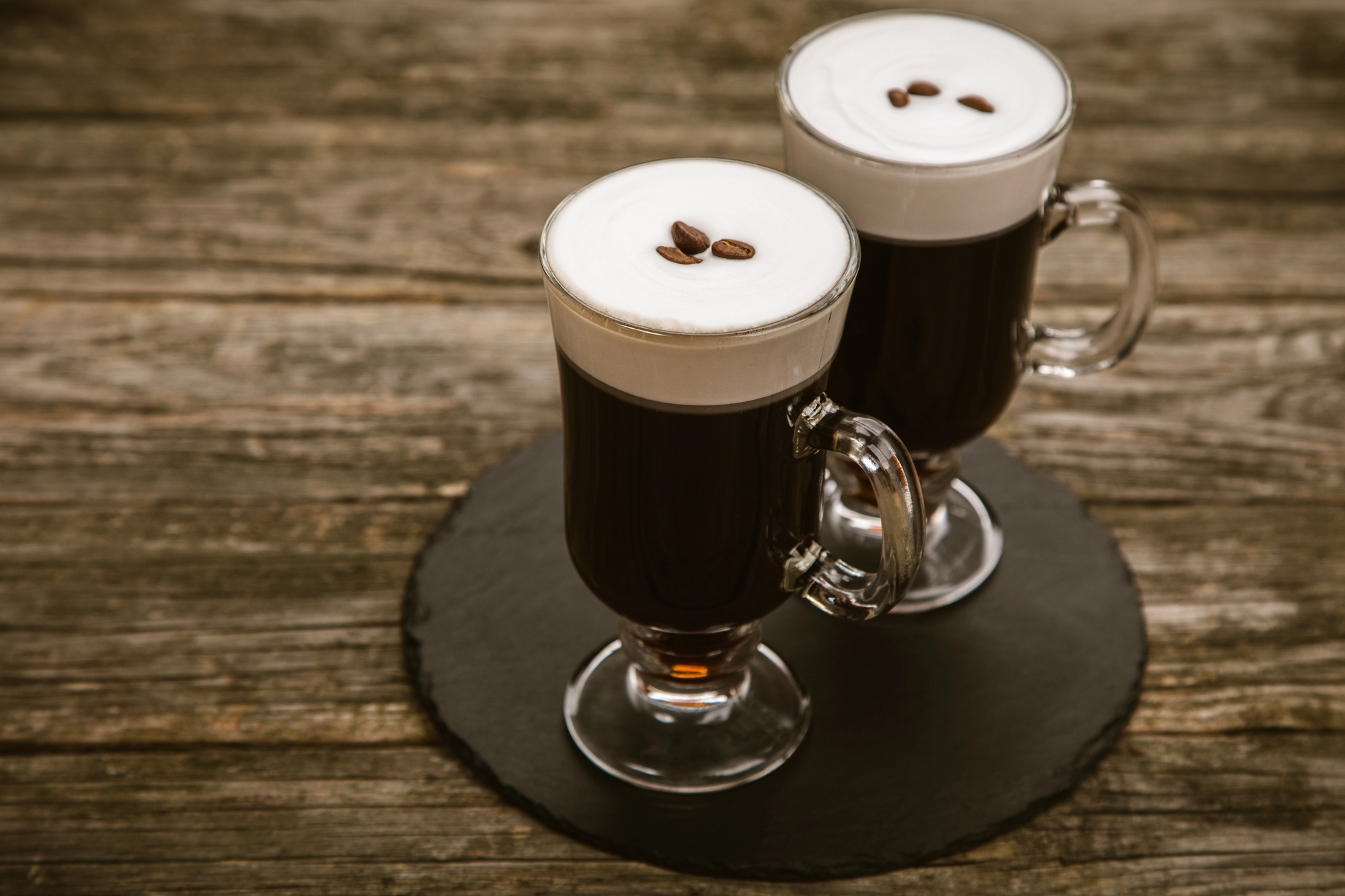
While coffee with whiskey might seem traditionally Irish, this drink was invented in 1943 by Joe Sheridan, a chef at Foynes Port near Limerick. He created it to warm up American airline passengers whose flights had been turned back due to bad weather.
The drink became famous when travel writer Stanton Delaplane brought it to San Francisco’s Buena Vista Café, where it became a sensation.
Like Go2Tutors’s content? Follow us on MSN.
Caesar Salad

This classic salad has nothing to do with the Roman emperor. It was created in 1924 by Italian American restaurateur Caesar Cardini in Tijuana, Mexico.
The story goes that Cardini was running low on supplies and improvised the salad with what he had left in the kitchen. A shortage of ingredients led to one of the world’s most famous salads.
Buffalo Wings
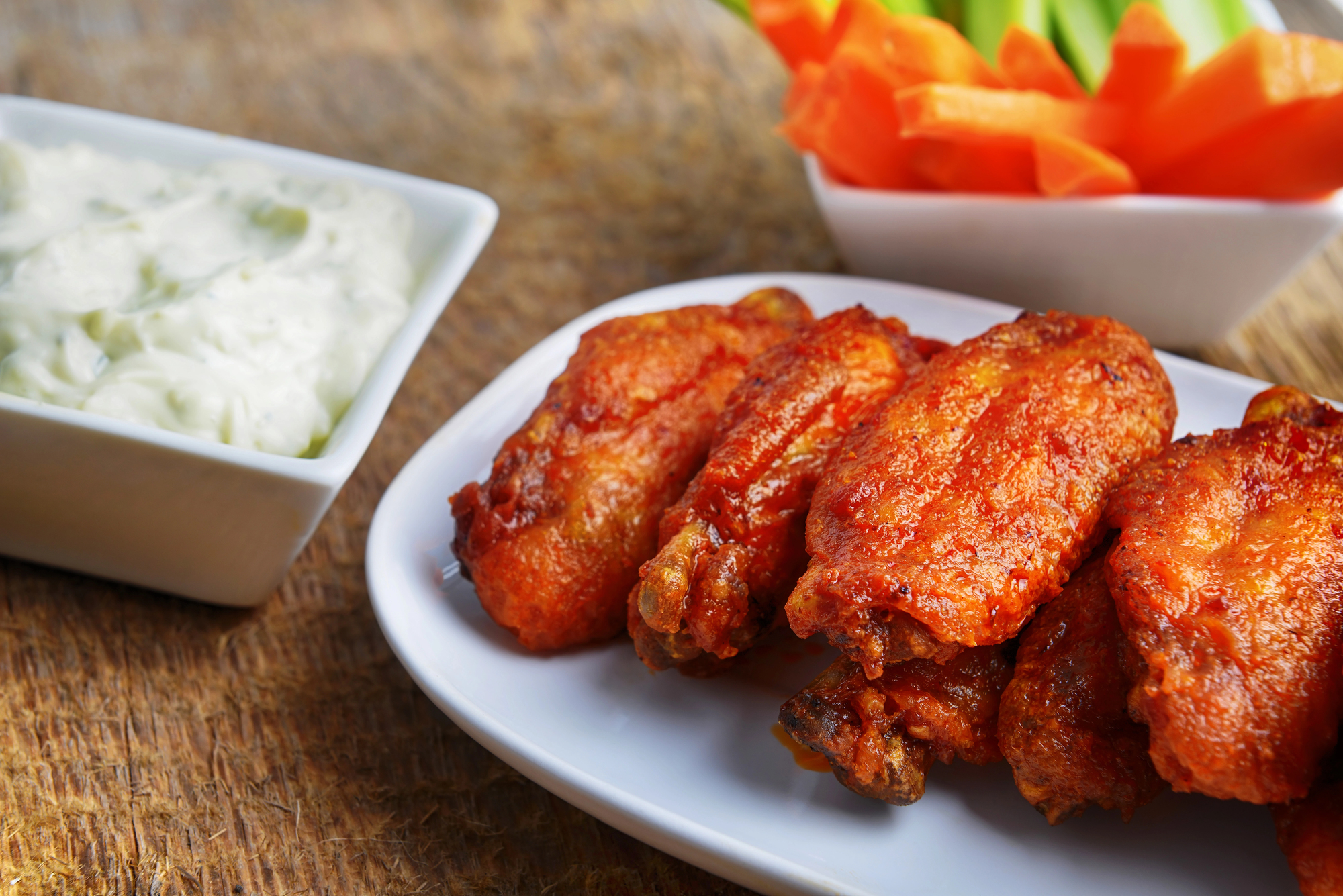
These spicy wings weren’t created in the wild plains where buffalo roam but at the Anchor Bar in Buffalo, New York. In 1964, Teressa Bellissimo needed to feed her son’s hungry friends late at night and had only chicken wings on hand – typically used for soup stock.
She deep-fried them, tossed them in hot sauce, and served them with celery and blue cheese dressing. A late-night snack became a national phenomenon.
Singapore Noodles
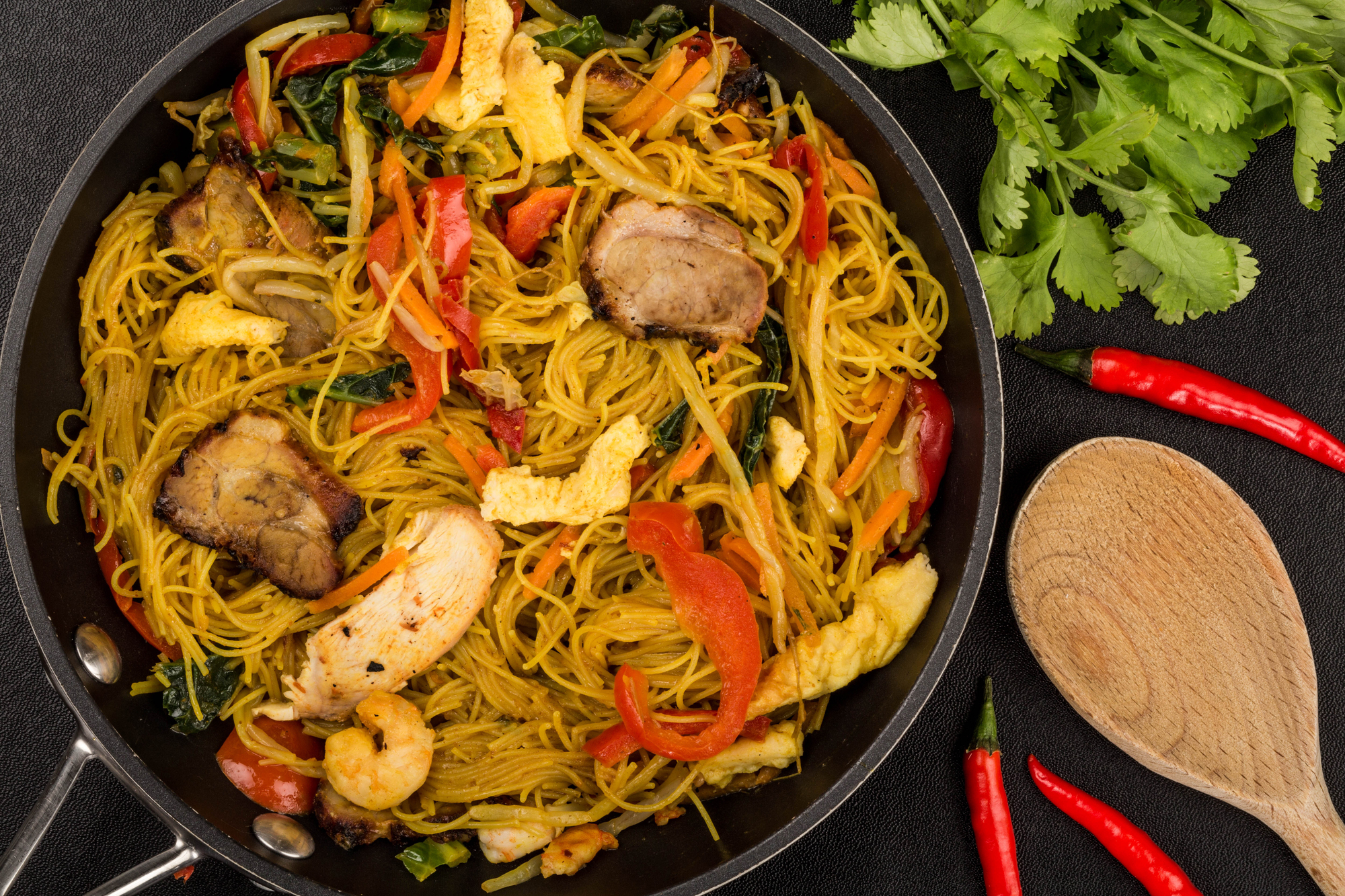
Despite being a staple in Chinese restaurants worldwide, this curry-flavored noodle dish is unknown in Singapore. It was likely created in Hong Kong’s Cantonese restaurants, possibly inspired by the Indian influence in Singapore’s cuisine.
The name was probably chosen to seem exotic to Hong Kong diners, making it another case of creative marketing in food history.
Food For Thought
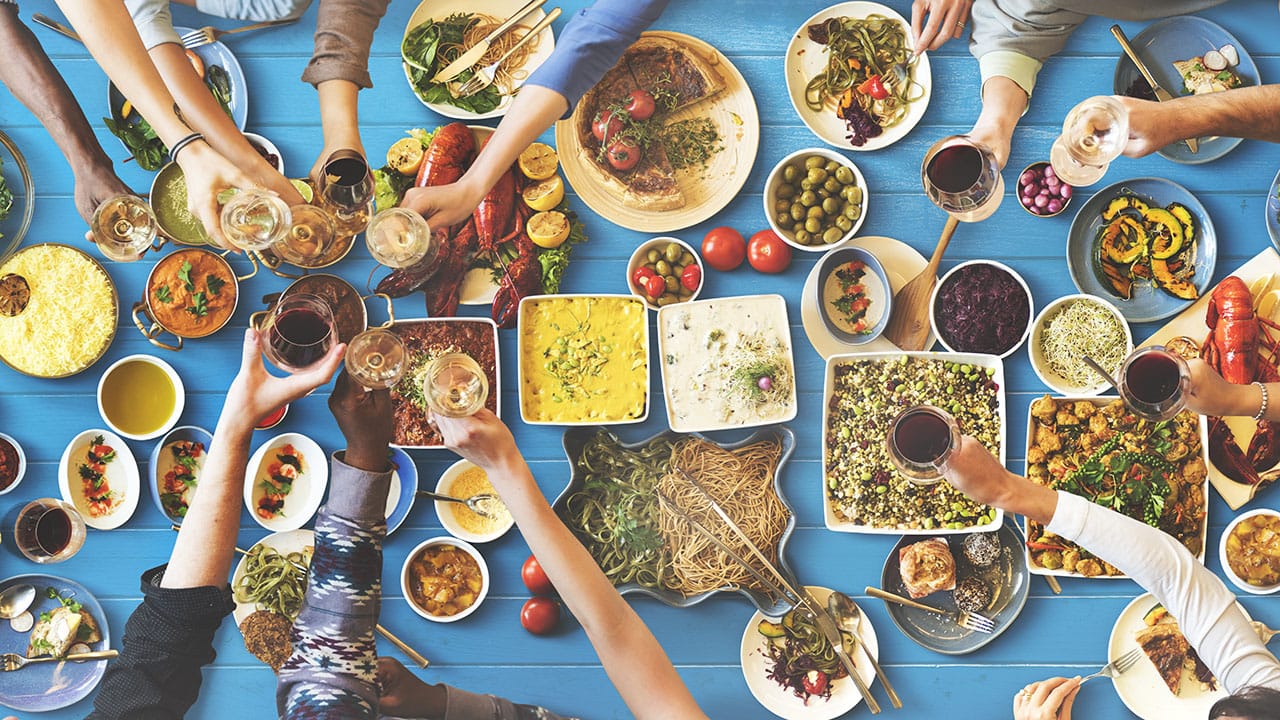
The origins of our favorite foods often tell us more about human creativity and cultural exchange than any planned culinary evolution. Whether born from necessity, accident, or marketing savvy, these dishes remind us that food culture is constantly evolving, mixing, and reinventing itself.
Next time you enjoy any of these foods, remember that their origin stories are a testament to human ingenuity and the beautiful accidents that happen when cultures collide in the kitchen. After all, some of the best dishes come from unexpected places and unplanned moments.
More from Go2Tutors!

- Famous Battles: How Much Do You Really Know About U.S. History?
- Top 5 Most Important Skills, According To Harvard Business School
- How Well Do You Know 90s Pop Culture? Take the Quiz
- Master the Art of Public Speaking with These Expert Tips
- Think You Know Capitals? Put Your Knowledge to the Test
Like Go2Tutors’s content? Follow us on MSN.



